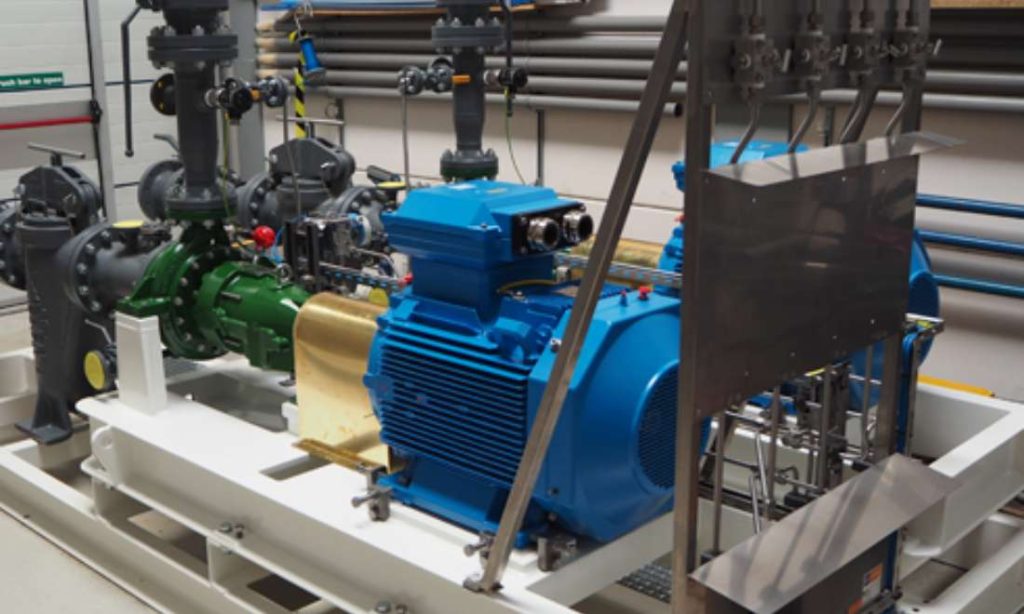Applications
Our KPS inline blending solutions are versatile and can be utilized in various applications, such as:
Crude Oils
Optimize profitability by blending different crude oil types.
Fuel Oils
Ensure consistent quality in fuel oil production.
Bunker Fuel
Improve the blending process for marine fuels.
Ethanol Products
Achieve precise ethanol blending for various uses.


